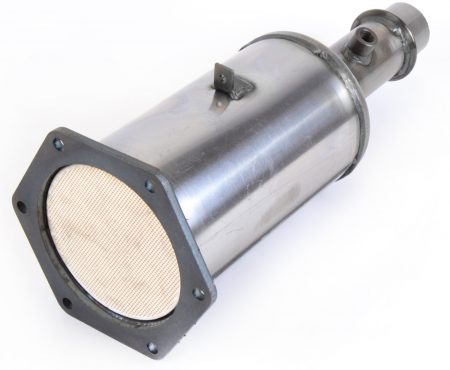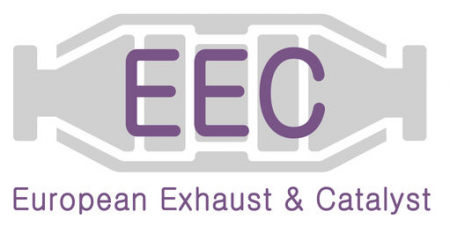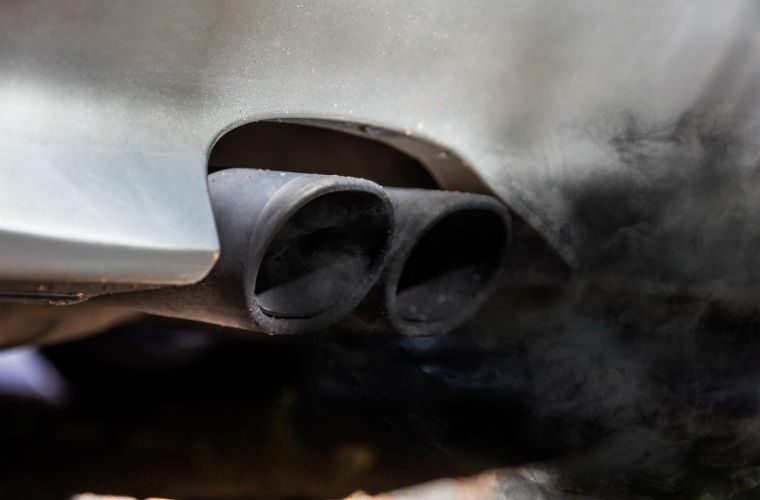Predicting that MOT emissions testing will continue to become even more stringent as a result of government pressure to reduce harmful emissions, European Exhaust & Catalyst (EEC) is this week revealing the basics when it comes to diesel particulate filters (DPFs).

EEC has a range of cordierite and SIC DPFs.
Euro 6 diesel emissions systems require the exhaust gases to pass through four separate filters/catalysts including the oxicat, DPF, diffuser, and selective catalytic reduction.
A spokesperson at EEC said: “The DPFs that are currently fitted to the majority of diesel vehicles are basically just a porous filter for the collection and disposal of sooty particles or particulate matter.
“In perfect combustion conditions, carbon dioxide, water and nitrogen are the end products.
“In reality, the incomplete combustion of diesel fuel results in emissions that include oxides of nitrogen (NOx), carbon monoxide (CO), carbon dioxide (CO2), water (H2O) and unburnt hydrocarbons (HC), as well as engine oils, debris, soot and ash particulates, all are known as particulate matter.
Particulate matter explained
“Particulate matter can be categorised into two groups: particles of 2.5 microns to ten microns, and particles of less than 2.5 microns in size.
“Although most diesel particulates are very small more than 99 per cent are in the sub 2.5 microns range and all are damaging to health, as they are carcinogenic.”
Wall-flow diesel particulate filters usually remove 85 per cent or more of the soot and can at times attain soot removal efficiencies close to 100 per cent.
The spokesperson added: “The DPF is a filter designed to collect particulate matter, if extra matter is produced it will be the result of problems up stream of the DPF.
“Faulty components that can generate high levels of PM: fuel injectors, glow plugs, incorrect oil, contaminated oil, Turbo’s, EGR valves, air filter and a lack of regular maintenance.

EECs 6 in 1 The DPF Solution assists regeneration, cleans carbon and lowers emissions.
“Some fuel additives such as EEC’s 6 in 1 will help to keep carbon deposits off all of these components as well as assisting the regeneration of the DPF.
“If the DPF warning light is illuminated check the engine oil for diesel contamination.
“It is extremely important to use the correct grade of engine oil as recommended by the manufactures.”
According to BTN Turbo, 90 per cent of turbo failures are oil related and EEC say turbo failures can also result in a damaged DPF.
The DPF is designed to not only collect the particulate matter but also to clean its self through regeneration.
The regeneration process takes place when the DPF reaches a pre-determined fill level at around 40 per cent.
Up to eight times the normal amount of fuel is injected through the engine to produce temperatures in the DPF in excess of 550 degrees to burn off the particulate matter.
Why a DPF might fail to regenerate:
- An engine management light is on for any fault.
- There is less than 20 litres of fuel in the fuel tank or if the fuel light is on.
- The pressure sensors have a build-up of carbon.
What you need to do:
- Examine pressure pipes for damage, they must be clean and dry.
- Check that the EGR system is working correctly.
- Check that the vehicle has the correct spec engine oil.
- Check the engine oil for diesel contamination.
- Check the fuel additive Eolys.

EEC’s DPF diagnostic tool services and maintains all vehicles with a DPF.
If DPF is not regenerated and fills to over 90 per cent or 45 grams of particulate matter, the DPF may need replacing.
When fitting a new DPF the ECU must be reset and a forced regeneration carried out to ensure that the ECU knows that the DPF and all related sensors are reset.
DPF MOT rules
EEC warn that if the DPF has been tampered with in any way it will result in an MOT failure.
What’s more, DPF removals can result in an invalid motor insurance claim under the Road Vehicles (Construction & Use) Regulations (Regulation 61a(3).
EEC has an extensive and growing range of DPFs and claims to be the “one-stop-shop” for all your DPF needs.
 The spokesperson added: “EEC is committed to an education and training programme within the industry to help technicians understand, evaluate and diagnose emission problems.
The spokesperson added: “EEC is committed to an education and training programme within the industry to help technicians understand, evaluate and diagnose emission problems.
“EEC has invested heavily in our own wash coating facility in Denmead, this is to ensure we produce a top quality product for our home and export markets.”
For information about emissions, DPF, four gas analyses, and technical training, contact Duncan Richards or Stuart Still at EEC by emailing [email protected] or select ‘more details’ below.







